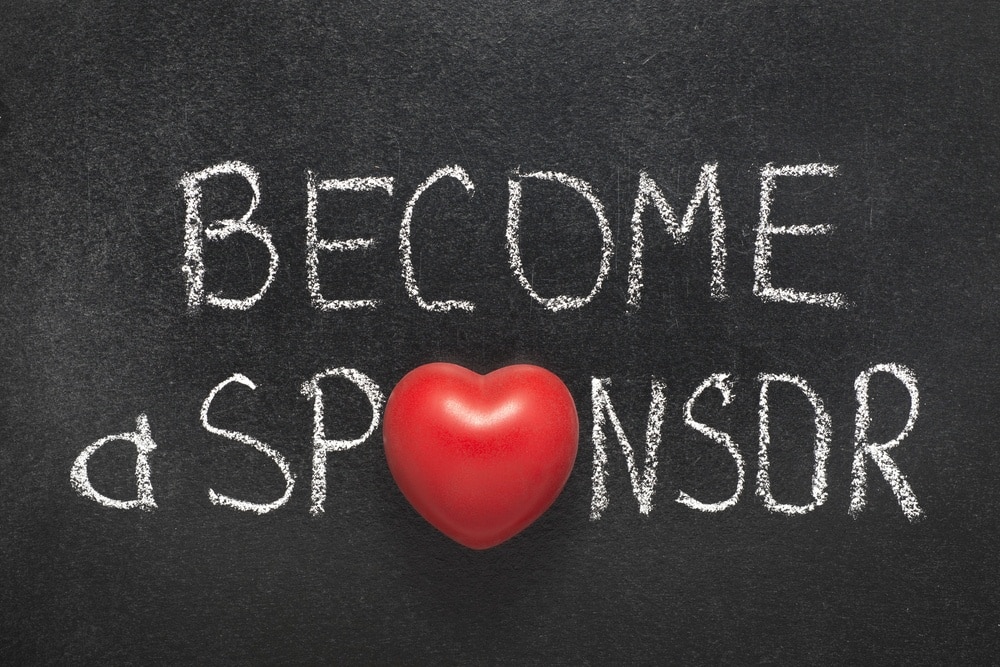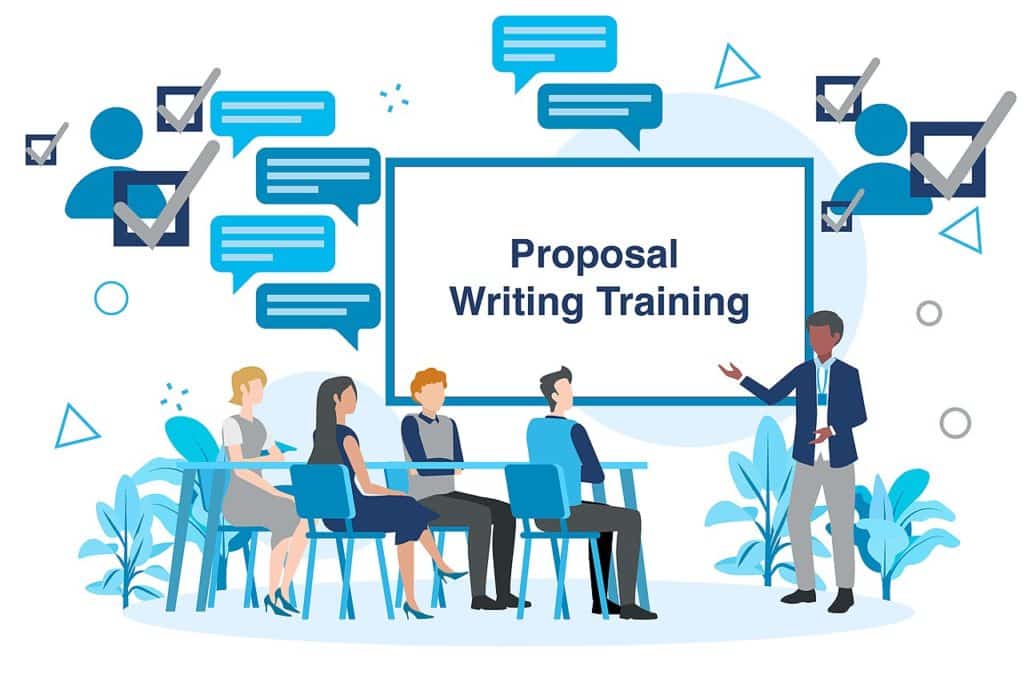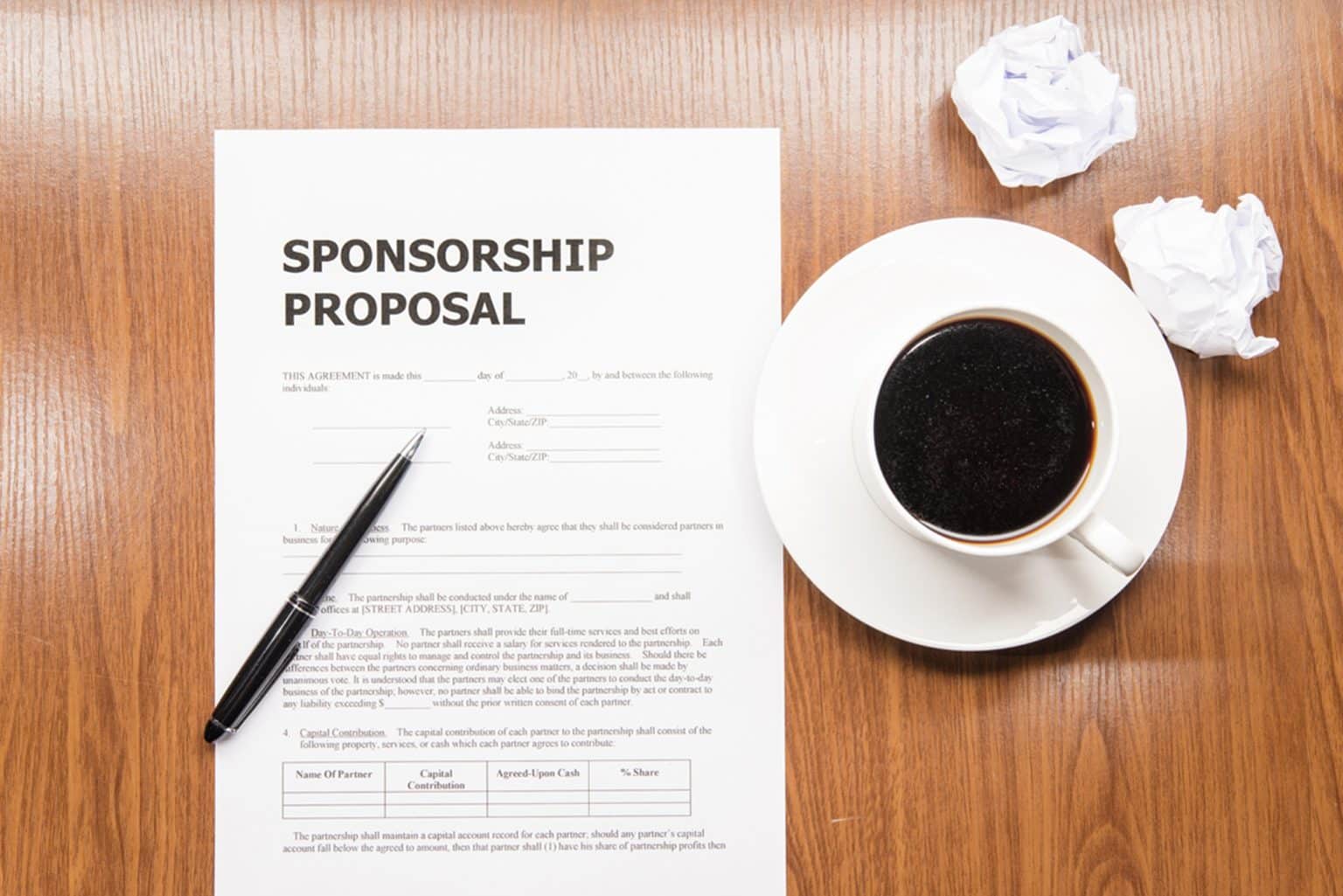Sponsorship proposals are crucial for startups looking to gain exposure, attract strategic partnerships, and secure necessary funding. It provides an opportunity to showcase their unique value proposition and demonstrate potential return on investment for potential sponsors. However, the creation of a compelling sponsorship proposal is often a challenging task fraught with potential missteps. Here are the ten most common sponsorship proposal mistakes startups make when creating their pitches and solutions on how to avoid them.
1. Lack of Research and Understanding About the Potential Sponsor
Mistake: Startups often neglect to thoroughly research potential sponsors before reaching out. This results in generic proposals that don’t speak to a sponsor’s specific interests or align with their brand values. Ignoring the need for detailed research can lead to a misalignment between the startup’s offering and the sponsor’s needs, ultimately resulting in a failed proposal.
Solution: A deep dive into each prospective sponsor’s business operations, brand values, target markets, and past sponsorship activities is crucial. This research should aim to uncover the potential sponsor’s objectives, pain points, and interests. With this knowledge, the startup can tailor the sponsorship proposal to address the unique needs of the sponsor, demonstrating a clear understanding of their business and highlighting how the partnership could be mutually beneficial.
2. Over-Emphasis on the Startups’ Needs
Mistake: Startups often focus heavily on their needs in the proposal, emphasizing how the sponsorship will help them grow and succeed. This is a common mistake that overlooks the main question in the sponsor’s mind: “What’s in it for us?”
Solution: To craft a compelling proposal, startups must clearly highlight the sponsor’s benefits. These benefits could be increased brand visibility, access to new markets, enhanced customer loyalty, or opportunities for product trials. The proposal should present a win-win scenario, illustrating how the sponsorship will provide value to the sponsor, beyond just a feel-good factor of supporting a new venture.

3. Inadequate Definition of the Partnership’s Value
Mistake: Vague or undefined value propositions in a sponsorship proposal often leave sponsors unconvinced about the potential returns on their investment. This can lead to the quick dismissal of the proposal as potential sponsors might struggle to see the benefits of the partnership.
Solution: Clearly defining the partnership’s value proposition is crucial. The proposal should present compelling reasons why the sponsor should invest in the startup. Use quantifiable metrics such as the size of the startup’s customer base, social media reach, expected growth rate, or other relevant statistics to illustrate the potential returns. This way, sponsors can see tangible benefits and are more likely to consider the sponsorship.
4. Lack of Professionalism
Mistake: Proposals that contain typos, grammatical errors, or use an informal tone can reflect poorly on the startup. These mistakes can give an impression of unprofessionalism, causing potential sponsors to question the startup’s seriousness or competence.
Solution: The proposal should reflect the startup’s professionalism and commitment to excellence. It should be meticulously proofread to ensure it’s free from errors. The tone should remain professional, yet engaging throughout. If possible, consider hiring a professional editor or proofreader to ensure the proposal is flawless and well-structured.
5. Insufficient Detail About the Startup and Its Activities
Mistake: A lack of comprehensive information about the startup, its business model, target market, and future plans can leave potential sponsors feeling uncertain about the investment. This lack of information can lead to a perceived lack of transparency or seriousness on the startup’s part.
Solution: The proposal should provide detailed insights into the startup’s operations, objectives, and growth strategies. It should highlight the unique aspects of the startup’s product or service, its market positioning, and its plans for the future. The more a potential sponsor understands about the startup, the more likely they are to see its potential and invest.
6. Not Establishing Clear Sponsorship Tiers
Mistake: A common oversight is failing to clearly outline the different levels of sponsorship available. Without clearly defined tiers, potential sponsors can struggle to understand what they’re getting in return for their investment.
Solution: Providing clear and detailed sponsorship tiers helps potential sponsors understand what they will receive at each investment level. Each tier should come with a specific set of benefits that escalates with the level of investment. This provides potential sponsors with a range of options, accommodating various budget levels and marketing objectives.
7. Neglecting to Include a Call to Action
Mistake: Leaving out a clear call to action (CTA) can create ambiguity about the next steps, leaving potential sponsors unsure about how to proceed.
Solution: The proposal should include a compelling and clear CTA. This could be a request for a meeting, an invitation to a product demonstration, or an encouragement to respond within a certain timeframe. A clear CTA guides the potential sponsor towards the next steps, making it easier for them to engage further with the proposal.
8. Failing to Follow Up
Mistake: Some startups adopt a “wait and see” approach after sending the proposal. This lack of proactive follow-up can result in missed opportunities, as potential sponsors may be considering multiple proposals and could forget or overlook the one from your startup.
Solution: Develop a systematic follow-up strategy. This could be a simple thank-you note a day after sending the proposal, a follow-up email after a week, or a phone call after two weeks. Follow-ups demonstrate your keen interest in the partnership and can provide opportunities to address any questions or concerns the sponsor might have.
9. Overcomplicating the Proposal
Mistake: Overly complex proposals with unnecessary jargon or too much information can overwhelm or confuse potential sponsors, causing them to lose interest.
Solution: Keep the proposal simple, clear, and concise. Avoid industry jargon and stick to layman’s terms wherever possible. Focus on providing only the most relevant information. The aim is to communicate the value of your startup and the benefits of sponsorship, not to showcase every single detail about your operations.
10. Overlooking the Importance of Personalization
Mistake: Using a generic template for all sponsorship proposals can lead to a lack of personal touch, which could cause potential sponsors to feel undervalued or unimportant.
Solution: Each proposal should be personalized to the potential sponsor. Reference specific aspects of their business that align with your startup, demonstrate a clear understanding of their business objectives, and show how the sponsorship can help achieve these goals. Personalization not only shows that you value the potential partnership but also increases the likelihood of your proposal standing out among others.
11. Inadequate Showcasing of Past Successes
Mistake: Many startups fail to illustrate their past successes, which can lead to potential sponsors questioning their track record and competency. This can result in sponsors being hesitant about investing, especially if they are unsure of the startup’s potential to deliver promised results.
Solution: The proposal should prominently feature the startup’s past successes and achievements. These could be milestones reached, previous successful sponsorships, media coverage, awards won, or positive testimonials from clients. Showcasing these achievements can help build credibility and convince potential sponsors of the startup’s potential and reliability.

12. Neglecting to Align Sponsorship Opportunities With the Sponsor’s Corporate Social Responsibility (CSR) Initiatives
Mistake: Some startups overlook the potential sponsor’s CSR initiatives, which are a key factor in many companies’ sponsorship decisions. This can result in a proposal that fails to resonate with the sponsor’s CSR goals and subsequently gets rejected.
Solution: Research the potential sponsor’s CSR initiatives and align your proposal accordingly. Highlight how the sponsorship could help the sponsor meet its CSR objectives, such as supporting innovation, promoting education, or contributing to environmental sustainability. This alignment can make your proposal more appealing to sponsors who value social responsibility.
13. Unrealistic Expectations of Sponsorship Commitments
Mistake: Overestimating the potential sponsor’s willingness or capacity to invest can lead to proposals that request too much, too soon. This unrealistic expectation can scare off potential sponsors, making them feel like the partnership is too risky or demanding.
Solution: Be realistic and flexible with your sponsorship requests. Understand that large commitments may not be possible, especially in the early stages of your startup. Start with smaller, low-risk opportunities for potential sponsors, and as they see the benefits of the partnership, they may be willing to increase their commitment.
14. Failure to Demonstrate Unique Value
Mistake: Many startups fail to differentiate themselves from other sponsorship opportunities. This lack of unique value proposition can make the proposal seem uninteresting or unattractive to potential sponsors.
Solution: Show potential sponsors what sets your startup apart from others. Whether it’s your innovative product, unique target market, impressive growth rates, or exceptional team, make sure your unique selling points are clearly highlighted. This will help potential sponsors see the unique value your startup brings and why they should choose to sponsor you over others.
15. Not Including A Comprehensive Marketing Plan
Mistake: Some startups neglect to include a detailed marketing plan in their proposal. This omission can leave potential sponsors questioning the startup’s marketing competency and the visibility they would gain from the sponsorship.
Solution: Your proposal should include a comprehensive marketing plan that details how you will promote the sponsorship. This could include social media campaigns, press releases, events, or other promotional activities. The plan should show potential sponsors how you intend to generate exposure for their brand, making the sponsorship opportunity more attractive.
Conclusion
Creating a compelling sponsorship proposal is a critical task for startups, and avoiding these common mistakes can significantly increase the chances of securing a beneficial partnership. Remember, the key to a successful proposal lies in showing potential sponsors the unique value you offer, aligning your objectives with theirs, and ensuring professionalism and personalization in your proposal. By doing this, you not only increase the chances of securing a sponsorship but also start building a long-term relationship with potential sponsors.
